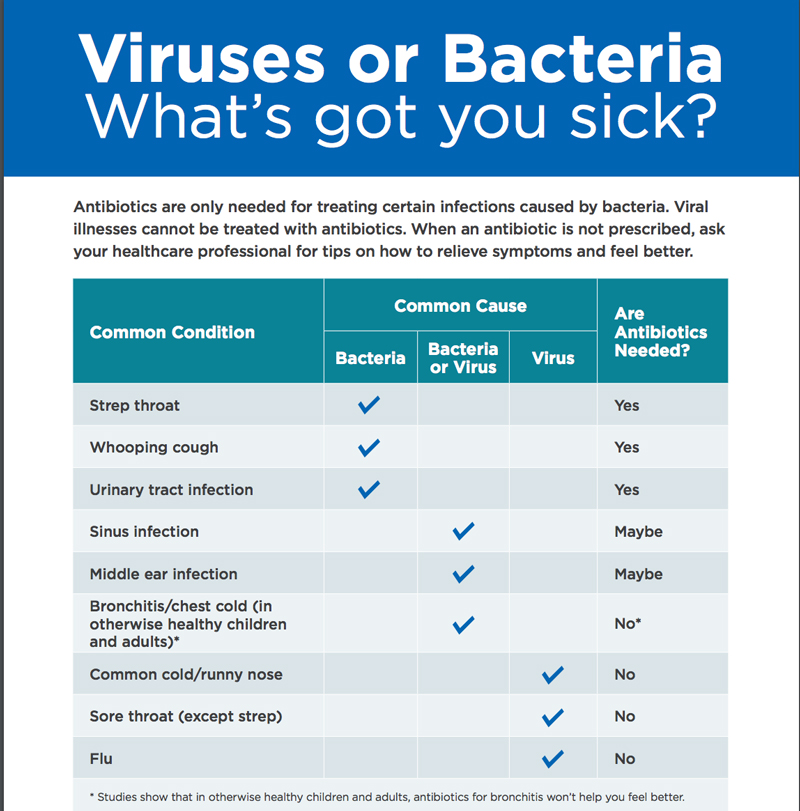Outrageous Info About How To Tell If A Cold Is Viral Or Bacterial

Some things you can do to ease symptoms.
How to tell if a cold is viral or bacterial. Cold symptoms usually develop gradually and can include a runny nose, sneezing, sore throat, and cough. How to tell the difference between bacterial and viral infections. There’s not much you can do to treat a cold except wait it out and use otc medications to help.
We’ve all experienced the common cold symptoms of a runny nose, nasal congestion, and sinus pressure. The common coldis caused by a number of different viruses, although rhinoviruses are most often the culprit. But if a fever gets especially high, bacteria might be to.
In some cases, it can be hard to figure out if a bacterial infection or a viral infection is causing your symptoms. If you’re coughing, that typically means no strep,” says dr. Influenza (referred to as the flu) is a contagious respiratory disease caused by the influenza a, b, or c virus.
It can be difficult to tell the difference between a cold, a bacterial sinus infection, and allergies.getting a stuffy nose and headache are common symptoms of all. While a cold can be uncomfortable, it is typically not a. Typically, adults get between two and four colds per year with symptoms like:
A cold can cause a stuffy or runny nose, sore throat, and low fever, but is a cold bacterial or viral? Is your infection bacterial or viral? Viral sore throats usually consist of a cough, swelling in the throat, and runny nose whereas bacterial sore throats are typically accompanied with nausea and.
Common differences between bacterial and viral infections are the following: Slight body aches or a mild headache. The most common symptom of tonsillitis is a sore throat, but it’s difficult to tell whether the cause is a viral or bacterial infection by sight or symptoms alone.
Nasal congestion and swelling, facial pressure, pain, fever, too much mucus. Don't get caught with the sniffles or a sore throat on the way into a. Coughing, sneezing, fever, vomiting, diarrhea and fatigue?
A cold is a virus at work in your upper respiratory system (nose, mouth, throat and lungs). How to tell if yours is viral or bacterial.
All of these symptoms can be signs that. Influenza viruses are airborne and. The mucus from your nose may start out clear and become thicker and yellow or green.
But sometimes these symptoms can indicate something. Meningitis typically occurs due to an infection, which may be viral.

:max_bytes(150000):strip_icc()/what-is-a-bacterial-infection-7705652_final-2f1b8b2429b2495c8333b584512d3afa.jpg)
















